George Sprague, of the Dallas Area Rocket Society (DARS), has been president of the organization for the past seven years. His interest in rocketry began as a Boy Scout after seeing an ad for Estes Rockets in the magazine Boy’s Life. He placed an order from Estes and quickly became a model rocket enthusiast.
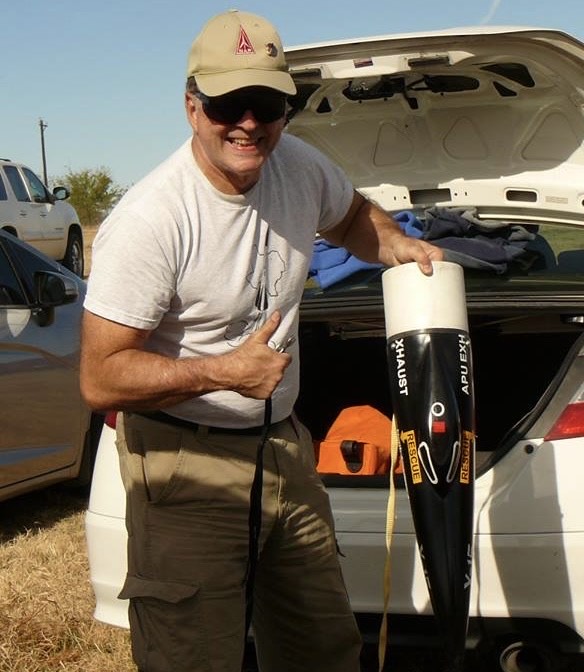
George grew up and attended college in Puerto Rico. He holds a degree in chemistry. George also attended Army ROTC while in college which led to an officer commission in the US Army after graduation. He served both in the United States and Germany during the Cold War era.
After leaving the Army in 1983, George landed in Dallas, Texas. In the early 90’s, George saw a poster announcing a high power launch with the Dallas Area Rocket Society at a local hobby shop. He had no idea what that entailed, but he attended that event and his credit cards have never been the same since.
Through the years, George has participated in several contests and won several awards, including egg lofting, altitude, streamer duration, the DARS Fall Classic, and his favorite – the Cochrane Contest. The event was developed by late DARS member Bob Wilson. Named after Zephram Cochrane, a fictitious character who invented the warp drive on the TV series Star Trek, the contest consisted of modifying a model rocket to fly with the largest motor possible and survive.
George is also a member of the National Association of Rocketry (NAR) and holds a level three certification in high power rocketry.
As DARS president, George keeps busy with all aspects of the organization, including launches, outreach, equipment maintenance, meetings, but above all, having fun building and flying rockets!
Ron Hervey: First of all, thank you so much for agreeing to do this interview. Tell me about the Dallas Area Rocketry Society.
George Sprague: The Dallas Area Rocket Society was founded as a collaboration of the the Lancaster Area Rocket Society and the Grand Prairie Association of Rocketry in 1972. It disbanded after a short time when many of its members went to College or were drafted into the US military.
Scott Hunsicker, Randall Victory, Allen Wilcox and John Dyer had already formed a rocket club in Garland, then decided to reactivate DARS in 1975. John Dyer is still a DARS member and very much involved. Scott Hunsicker is involved with NAR in several capacities. Randall Victory and Allen Wilcox are no longer with DARS.
DARS currently has around 215 members. It is not necessary to be a NAR member to join. Single one year membership is $10.00, family membership $15.00.
(click here for a Dallas Area Rocket Society membership application)
DARS officers include a president, vice president, secretary, treasurer, outreach coordinator and NAR advisor.
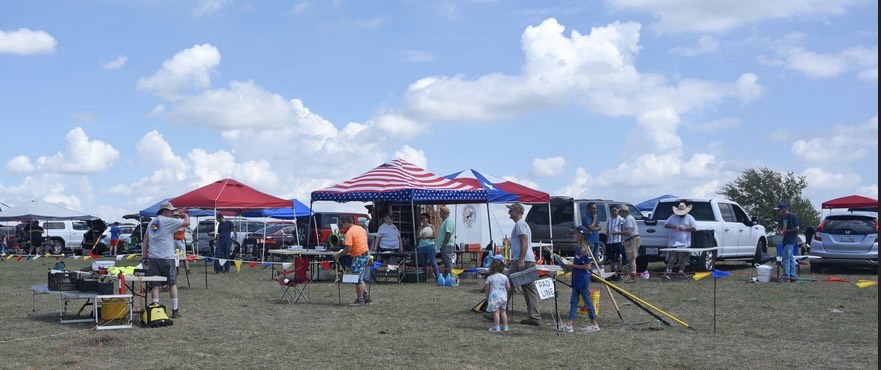
RH: How many launches does DARS sponsor a month?
GS: DARS holds two launches every month, weather permitting. DARS launches are open to everyone. Membership in DARS or NAR is not required to attend a launch.
The first Sunday of each month we have a model rockets launch in Arlington. It’s for D impulse rocket motors and below.
The third Saturday of the month is the big launch, model through High Power rockets, in Gunter. Because of the weather, wind speed being an important factor, the Gunter launch is sometimes moved to a Sunday or other weekend. But we try to keep the launch as scheduled to the third Saturday.
We average around 150 flights per month, although we’ve had as many as 220!
RH: What is the average attendance at a launch?
GS: Average attendance at the Arlington launch is about 40 to 50 people, sometimes many more. Average attendance in Guntur is about 60 to 80 people, sometimes even higher.
RH: Tell me about a DARS launch.
GS: DARS is a Section of the NAR, therefore we adhere to the NAR Safety Codes for Model, High Power and Radio Glider Rockets. Safety is paramount at DARS launches.
There are no fees involved when flying with DARS except for High Power fliers, which have range fees of $10.00 for DARS members or $20.00 for non-members. We accept cash or checks only.
The Gunter launch is highly structured due to the types of rockets flown and number of people in attendance.
High power fliers are required to register at the registration tent. When fliers have their rocket ready, they go to the Pad Line. There they will be assigned a launch pad. Fliers need to remember the color and number of the pad. fliers will also need to provide a flight card for every rocket flight. These will be available on site, or you may download a copy from our website.
The launch pad site is cordoned off by a flag rope. Fliers are asked to not enter that area until directed to do so. After their rocket is on the pad, fliers stand in the Fliers Line. When their pad number is called, fliers provide their flight card to the Range/Launch Control Officer and wait for their rocket to be launched.
When retrieving rockets, fliers need to go around the flag rope. Above all, no running! If you come upon someone else’s rocket, leave it there. Please do not
handle other fliers rockets.
If the Range Control Officer calls a “Heads Up” flight, this means the rocket may be experimental design, or have other features that may result in a not so straight up flight. We want everyone observing, so stop what you are doing and watch the rocket!
If you hear “Heads Up” after a rocket has taken off, this means there is a problem and you need to pay attention to the rocket and where it’s going.
All this will be reviewed at the site.
Also, It is advisable to contact DARS ahead of time if you intend to fly high power or attempt a high power certification.
The Arlington launch is a bit informal as compared to the Gunter launch. There will be several launch pads set up. People are asked to park at least 30 feet away from those pads. Fliers prepare their rocket for flight, wait for a pad to open, then proceed to set up the rocket on the pad. A DARS member at the launch controls calls out the pad number. The flier acknowledges ready to fly and the rocket is launched. Fliers walk around, not through, the launch pads to retrieve rockets.
For both launches, bringing water, drinks and snacks, Sunscreen is also advisable. No smoking or alcohol consumption please. When parking at a launch, leave enough room for others to get in and out of the parking area, then proceed to the registration tent for further information if needed.
We appreciate advance notice by groups planning to attend such as Civil Air Patrol (CAP), scouts, etc.
Also, check the DARS website and FaceBook page for possible last minute changes to a launch.
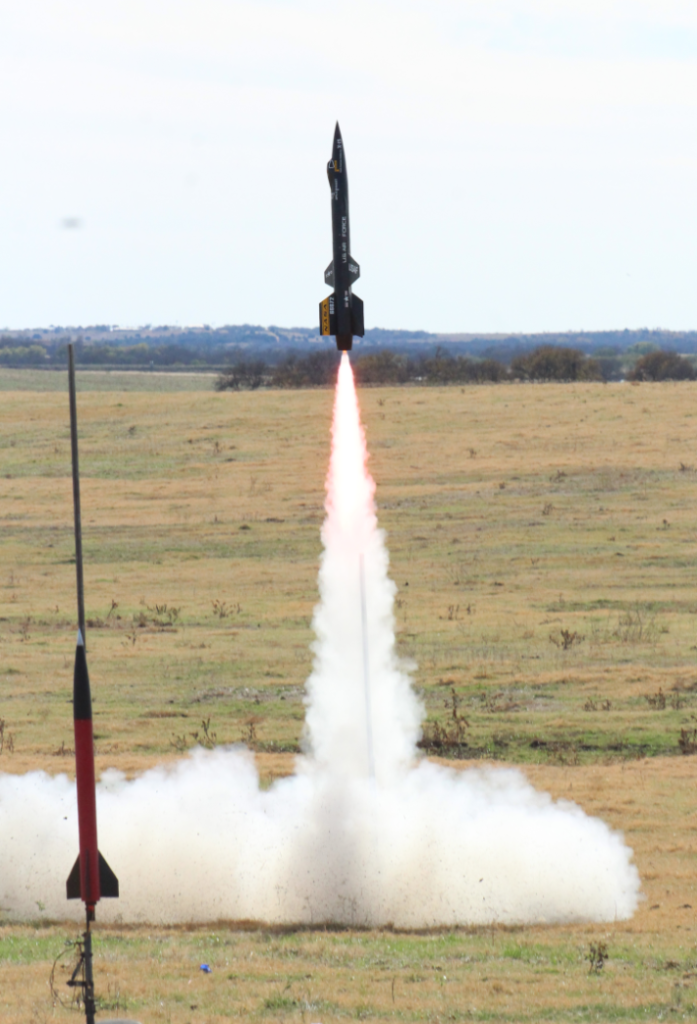
RH: Of course, high power rockets are not the rocket to start with.
GS: If you’ve never flown a rocket, HP is NOT the place to start. I compare this to someone who has never driven a car wanting to build and drive a top fuel dragster. Not a good idea! These are not simply larger rockets. They are in a class of their own.
Begin with a few model rockets, then move on to rockets flying composite motors F & G. Then start researching HP.
It is imperative for folks attempting to do a high power certification to first read and comprehend everything on the NAR website regarding certification. There are a total of three HP certification levels.
Also, contact DARS before purchasing a kit for certification. We will provide suggestions.
When your are ready, DARS needs to inspect your HP rocket before it is allowed to fly. Those inspections usually happen at the monthly meeting, which is separate from our launches. This gives you time to make changes if needed.
Jr High Power Level 1 and Level 2 certifications require a test be taken prior to attempting the flight. Tests are only administered at the monthly meetings.
Visit the NAR website www.nar.org for more information on the tests.
Again, contact DARS before you do anything regarding HP.
RH: DARS has an annual event each year called the Fall Classic. Tell me about that event.
GS: The Fall Classic was first held in 2005. Developed by Gary Briggs and Doug Sams the event ran yearly from 2005 until 2017. Doug Sams died on January 25, 2022.
Gary has brought back the event for 2025, to be held in Gunter on September 20.
This year’s theme is Classic Starships. In this category Saturn V’s compete against SpaceX Starships and Star Wars X-Wings. If you haven’t competed before, fear not! There are plenty of opportunities to get your Classic on in the Classic Classic and Classic Upscale events.
All the information and descriptions for this year’s lineup are found on our website at https://www.dars.org/fallclassic/fc2025.htm
RH: For a newbie attending, and possibly launching for the first time at a DARS launch, what is your best advice?
GS: Folks new to rocketry or a DARS launch should contact DARS with their questions and more information prior to attending a launch. DARS members are ready to assist newcomers as need be.
RH: What are your recommendations for a first rocket/kit?.
GS: A simple rocket, such as the Estes Alpha III or Generic are ideal. The fins come as one unit, as opposed to rockets that have individual fins. You can search for the instructions to these kits online; this will give you an idea of what tools and supplies are needed, as well as how the rocket is put together.
As far as rocket motors, the A8-3 is suggested for the first flight. The altitude will be roughly 250 feet. You’ll be able to track the rocket in flight and it shouldn’t land too far.
Parachutes are included with these kits. Once you start flying higher streamers are an option to reduce drift from altitude. With a C motor these little rockets can get upwards of 800 feet!
If you reside in the country or in area where rockets are allowed you may want to obtain a starter kit which includes the launch pad and launch control. Some areas are not rocket friendly. It’s best to check with the local fire marshal.
RH: What are current trends in rocketry that you have noticed.
GS: 3D printing. Some folks are printing their own rocket parts, and some offer 3D printed kits to the public.
It’s important to make sure the proper adhesives are used to build the rocket with. Some plastic parts are finicky when it comes to that!
Gain some experience with regular rockets so you become familiar with how they are designed before moving on to 3D printing your own rockets!
RH: Tell me about some of the rockets that you have built and how they have done.
GS: I have built all sizes and shapes of rockets, from 2 inches tall to 10 feet tall, 13mm in diameter to 10 inch in diameter. Regular shaped to odd shapes. One, two, three stage rockets, gliders, egg lofters, scale replicas of NASA rockets, cluster models flying with two or more motors.
On the HP side, my scale down model of the X-15 rocket took almost two years to build. It is 7 foot tall, 6 inch diameter, and flew on an Aerotech K1275. Altitude was 3,512 feet. And yes, it will fly again!
I enjoy odrocs – odd shaped rockets. I have a portapotty, several flying saucers, pyramids, spools, Easter eggs, casket, Santa Claus. All flew well because I make sure they are stable and can handle the chosen motor.
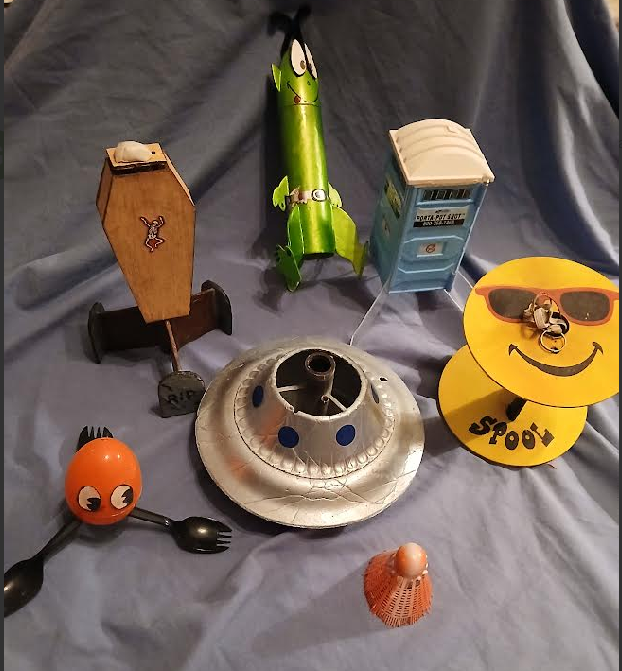
RH: What is your best advice to someone just getting into rocketry?
GS: Take some time looking at kits at hobby stores and online. Estes kits are popular since they were one of the companies that were involved since the beginning of model rocketry.
The National Association of Rocketry (NAR) has some excellent information regarding model rockets and the hobby. A good place to get oriented.
And of course you can contact DARS with your questions.
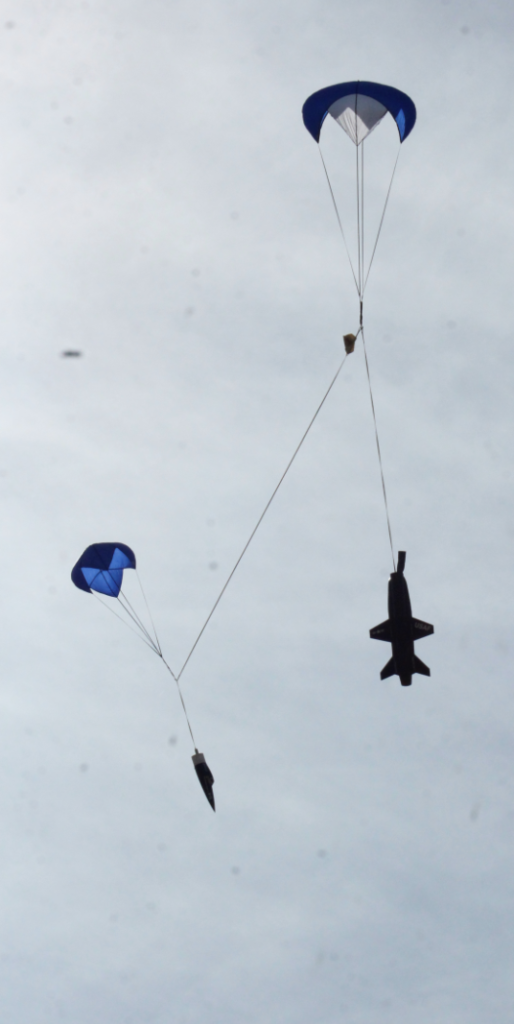
RH: In your opinion, what is the future of rocketry?
GS: Rocketry continues to evolve. With all the different contests, from The American Rocketry Challenge to NASA Student Launch, rocketry is playing a significant role in the inspiration of not only future rocketeers but future aerospace engineers.
As one representative from Raytheon observed at one of the (T)ARC finals, this is where their future workforce is going to come from: ROCKETRY!
RH: Thank you so very much for your time and cooperation. As a proud member of the Dallas Area Rocketry Society myself, I look forward to seeing you at the next DARS launch.
**Check out more info on rocketry in my Knowledge Base**
